Department Store Deal, Mall Conversion, and a Downtown Bet That Started in 1947
The corner of Fenton Street and Colesville Road didn't always have six floors of chain stores and escalators.
Back in 1947, it was the site of a new Hecht Company department store - one of the first times that a major downtown D.C. brand opened a branch outside the city itself.
This one sat in Silver Spring, Maryland, at a time when retail expansion into the suburbs was still new.
For four decades, Hecht's operated there without much competition nearby.
That changed in 1987 when the company opened a larger store at Wheaton Plaza, about five miles away.
Once that move happened, the Silver Spring location closed. But the building didn't stay empty for long.
In 1992, the structure reopened as City Place Mall.
The project kept parts of the original Hecht's shell but expanded vertically - adding floors and attracting discount retailers instead of department store brands.
From the start, it brought in Nordstrom Rack and Ross Dress for Less, a combination aimed at price-conscious shoppers who still wanted name labels.
At six stories and about 350,000 square feet, City Place wasn't typical for the region.
Most nearby malls are spread out across one or two levels, with parking lots and highway access.
This one rose - an enclosed shopping center in the middle of a street grid.
One of its draws was an AMC theater on the fifth floor. It didn't last.
By the early 2000s, a new 20-screen Consolidated Theatres complex opened directly across Ellsworth Drive, drawing most of the moviegoers and eventually prompting AMC to shut down its screens inside the mall.
Still, the idea behind City Place was clear: keep retail downtown, even as other businesses followed the suburban trend.
It became one of several indoor malls in the D.C. suburbs - though this one had escalators, a vertical footprint, and a direct connection to things to do in Silver Spring, Maryland.
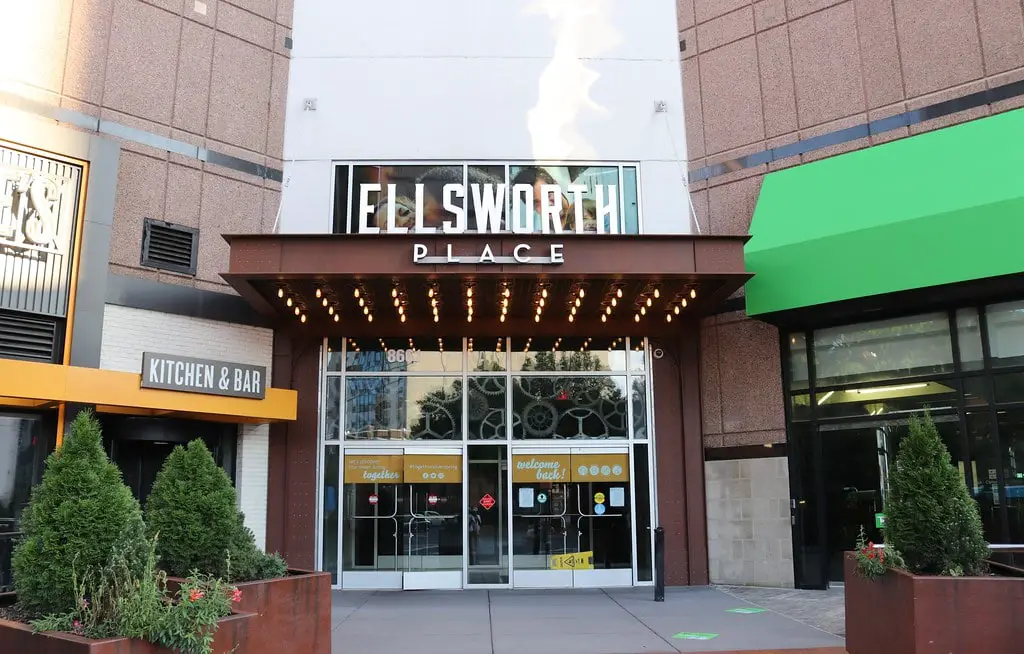
Redevelopment Pressure, Street-Level Retail, and the Pivot Toward Foot Traffic
By the early 2000s, downtown Silver Spring wasn't quiet anymore.
The redevelopment had kicked in, backed by public funds, new zoning tools, and developers responding to Metro access.
Montgomery County targeted the area around Georgia Avenue and Colesville Road, pushing for higher density and better pedestrian flow, including retail.
City Place Mall, still using its original configuration from 1992, found itself boxed in by change.
New buildings were popping up with sidewalk-facing storefronts and open-air layouts.
The core layout stayed the same - multiple floors accessed by escalators and elevators.
For many shoppers, that meant fewer quick drop-ins and more destination visits.
Retailers on upper floors needed either loyal customers or deep discounts to hold attention.
At the same time, the name "City Place" started to feel disconnected from the streets outside.
The area around Ellsworth Drive had turned into a focal point.
Farmers markets, movie nights, and outdoor events were pulling more visitors there than to the mall entrances.
It was a slow shift, but it changed how people moved through the space.
By 2015, conversations around rebranding were underway.
Some of the early tenants had left. Others held on, but foot traffic patterns were moving elsewhere.
Brand Refresh, Anchor Turnover, and the Arrival of Dave & Buster's
The name officially changed in the mid-2010s.
City Place became Ellsworth Place - a direct nod to the block-long pedestrian street across from the mall's front doors.
The update came alongside interior upgrades, new signage, and a reset of the leasing strategy.
Anchors rotated. Nordstrom Rack, an early tenant from the 1990s, was no longer part of the lineup.
In its place, retailers like Marshalls, DSW, Five Below, Michaels, and TJ Maxx took over large sections of floor space.
Burlington expanded across two levels. Ross Dress for Less held steady.
Together, these chains created a price-point mix that leaned heavily on value shopping.
New leases filled the gaps between them. Snipes, Kids Foot Locker, Rainbow, and Jewelry Island took positions in mid-sized units.
Specialty stores like Perfume Galaxy and U.S. Hair carved out space in the upper levels, while smaller service tenants like USA Nails and Eye Street Optical stayed in rotation.
Then came Dave & Buster's. It opened on the upper floors in November 2016, bringing arcade games, a sports bar, and food service into the mix.
That addition changed the balance inside the structure.
Instead of focusing entirely on shopping, the mall now had an anchor that could draw evening and weekend visitors on its own.
The vertical format still created some friction.
Escalator access remained a factor for upper-floor retailers, and the ground-level street-facing stores stayed easier to reach.
However, the rebrand helped stabilize leasing.
By mid-2020, Ellsworth Place had filled most of its major spaces again, even as other malls in the region struggled with vacancies.
Multi-Level Layout, Retail Mix, and the Trade-Offs of Vertical Design
Ellsworth Place still stands out for one thing - its height.
It has six floors, with retail stacked in layers, from the street-level food spots to the upper-floor anchors.
That structure has shaped how tenants move in and how shoppers move through.
At ground level, the mix leans toward fast-casual with direct access along Ellsworth Drive.
Chipotle, Kung Fu Tea, Ben & Jerry's, and Don Pollo all face the sidewalk, catching foot traffic flowing between the mall and Veterans Plaza.
Auntie Anne's sits just inside but remains visible from the main walkways.
Dave & Buster's anchors the upper floors, while Blue Pearl Buffet & Grill, Outback Steakhouse, and McGinty's Public House offer full-service dining further in.
A space labeled Commas is marked as coming soon.
Together, these businesses keep the lower level active - drawing event spillover, midday crowds, and regular traffic from the nearby Metro station.
Inside, the anchors spread out across the upper floors, while a few hold closer to the entrance.
Michaels sits near the front, which is easy to reach without riding the escalators.
Burlington, Ross, Marshalls, TJ Maxx, DSW, and Five Below are layered above, filling out the mall's larger footprint with price-driven chains.
They're tucked beyond view from the street, so they rely more on destination shoppers than walk-ins.
Between those big names, the rest of the space is filled with service shops and specialty retailers.
Beauty Pro, Initium Nail Spa, Trendy Nails & Spa, OM Eyebrows, ADI Photo Studio, and Wireless + Repair handle daily needs, including hair, phones, and dental work.
DTLR, Rainbow, Foot Locker, and Lids offer fashion and accessories catering to regulars and anyone browsing between anchors.
The vertical setup forces choices. Every store above level two trades visibility for square footage.
On busy weekends, it fills in. But on slower days, street-level businesses pick up more passersby.
That pattern hasn't changed, even after the rebrand.
The multi-level design remains a trade-off - more space, less frontage.
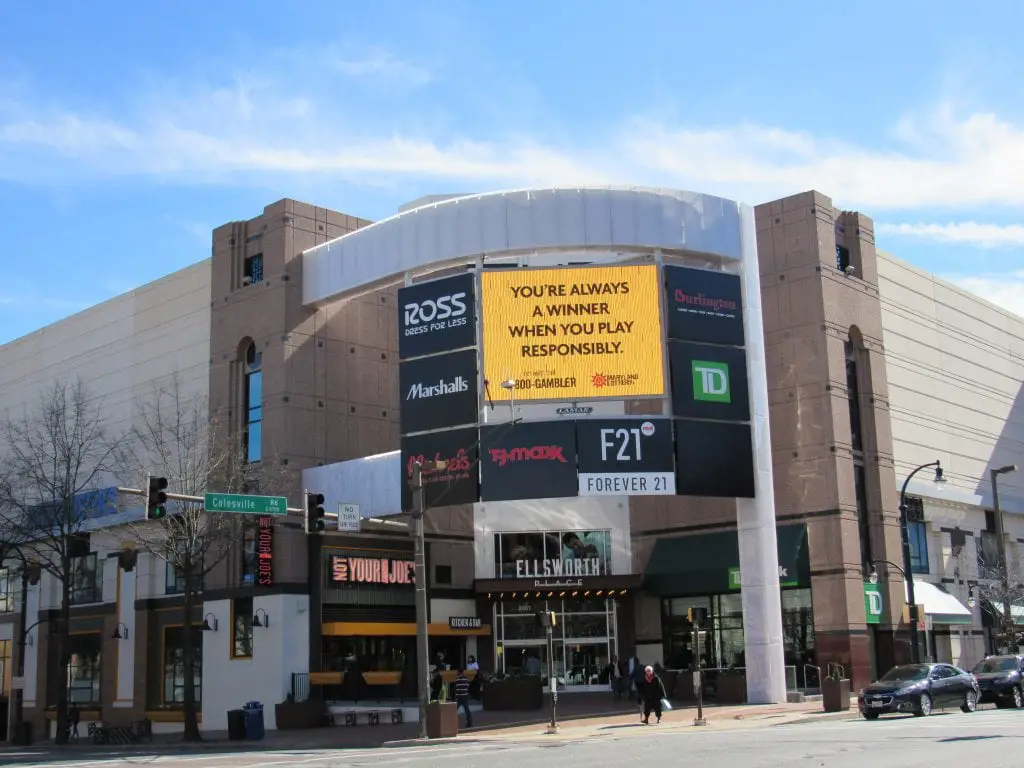
Event Tie-Ins, Public Plaza Access, and Downtown Footprint
Retail isn't the only thing Ellsworth Place has tapped into.
The building has hosted concerts, seasonal events, and civic spillover since at least the early 2000s.
One of the clearest examples came in 2005 when Rihanna performed a free set on a stage built over the center court fountain.
It was a one-time event sponsored by Hot 99.5 and tied to her debut album, Music of the Sun.
Proceeds went to Hurricane Katrina relief.
Although the mall doesn't hold concerts now, it still serves as an overflow space for activities that happen just outside its doors.
Veterans Plaza and the Silver Spring Civic Building sit across Ellsworth Drive.
In 2024, as in past years, those venues handled everything from craft fairs to skating events to city-led public meetings.
The layout makes it easy to spill over - shoppers who attend those events often cross directly into Ellsworth Place, even if only for food or a quick stop inside.
Holiday programs remain steady. Halloween trick-or-treating routes include the mall.
Photos with Santa operate during the winter season, set up indoors where weather isn't a concern.
Those events don't push big retail numbers, but they keep foot traffic moving in predictable waves.
The building's footprint hasn't changed since its conversion from Hecht's, but its role has adjusted.
It isn't the main stage, but it's close to it - visible from the plaza, walkable from the Metro, and usable as part of the wider downtown grid.
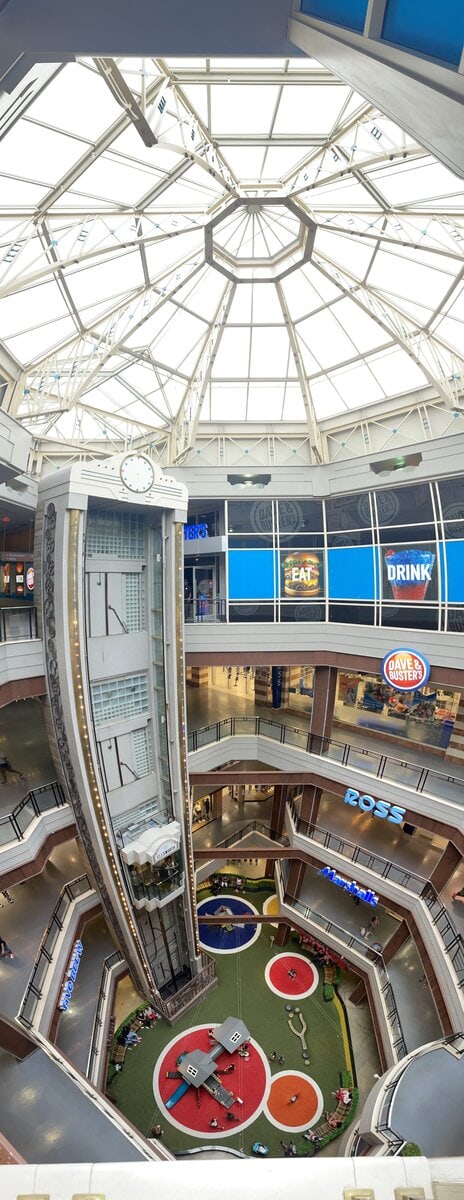


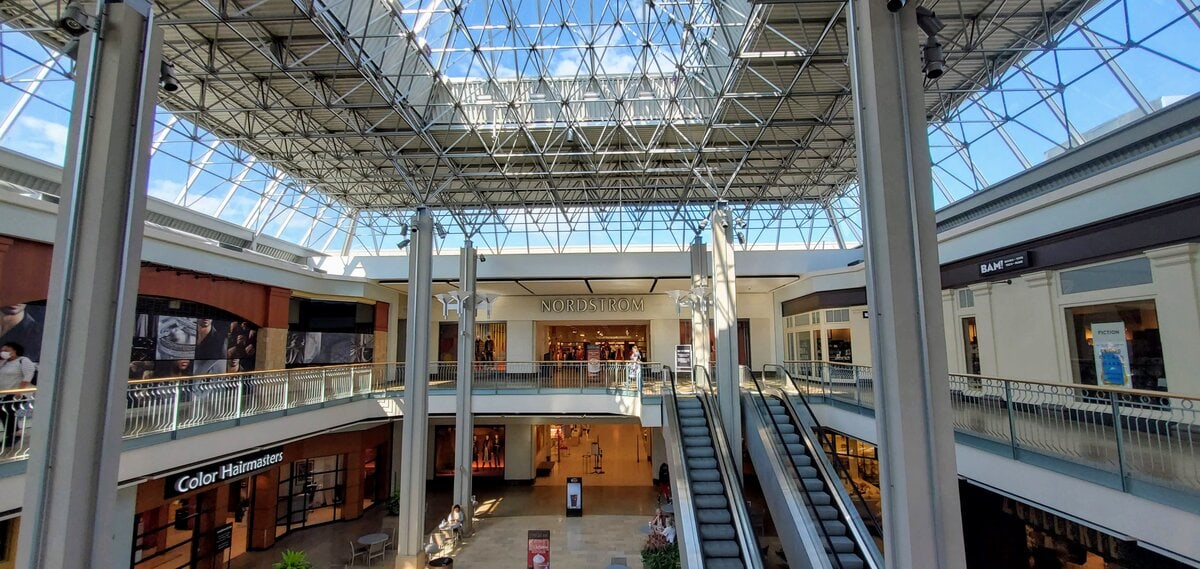
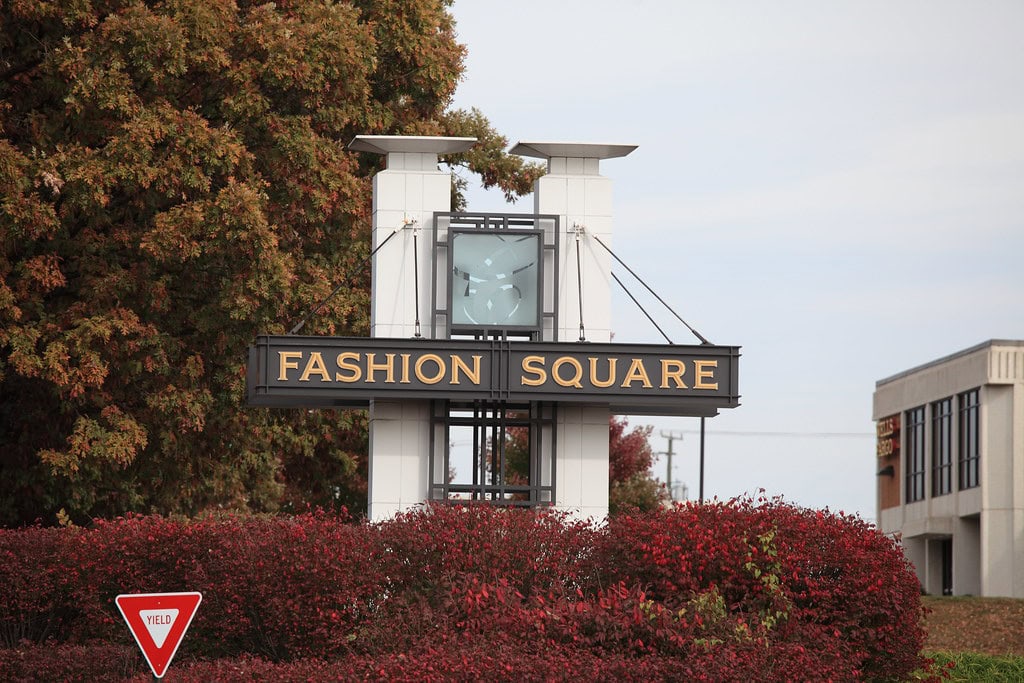
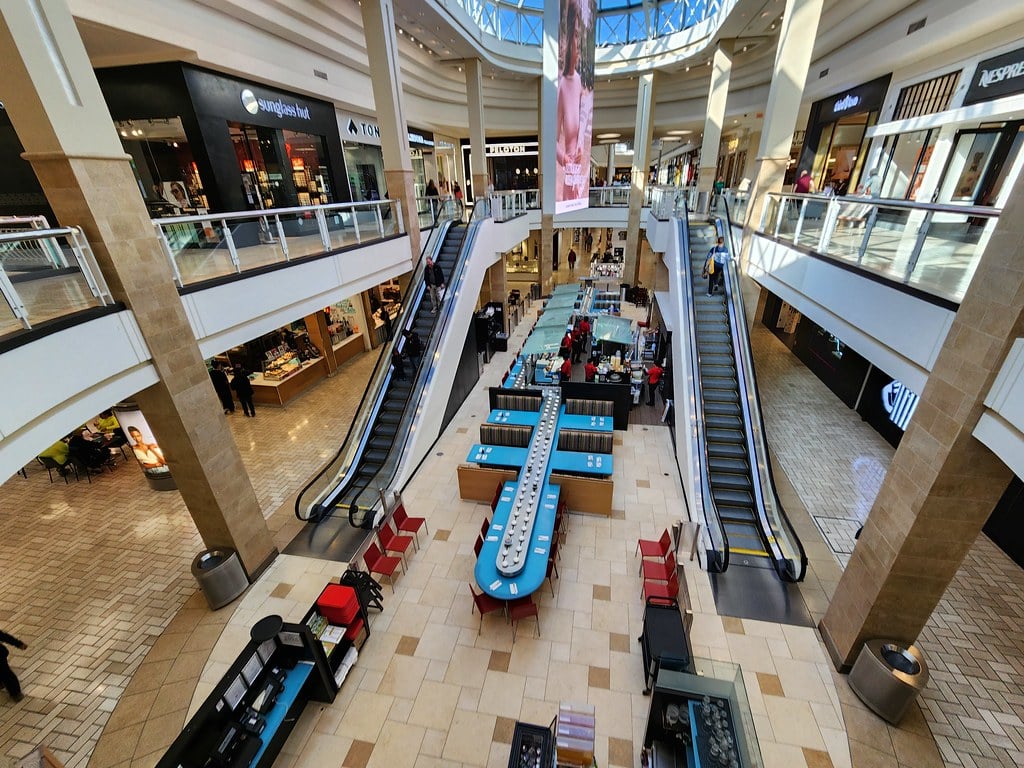
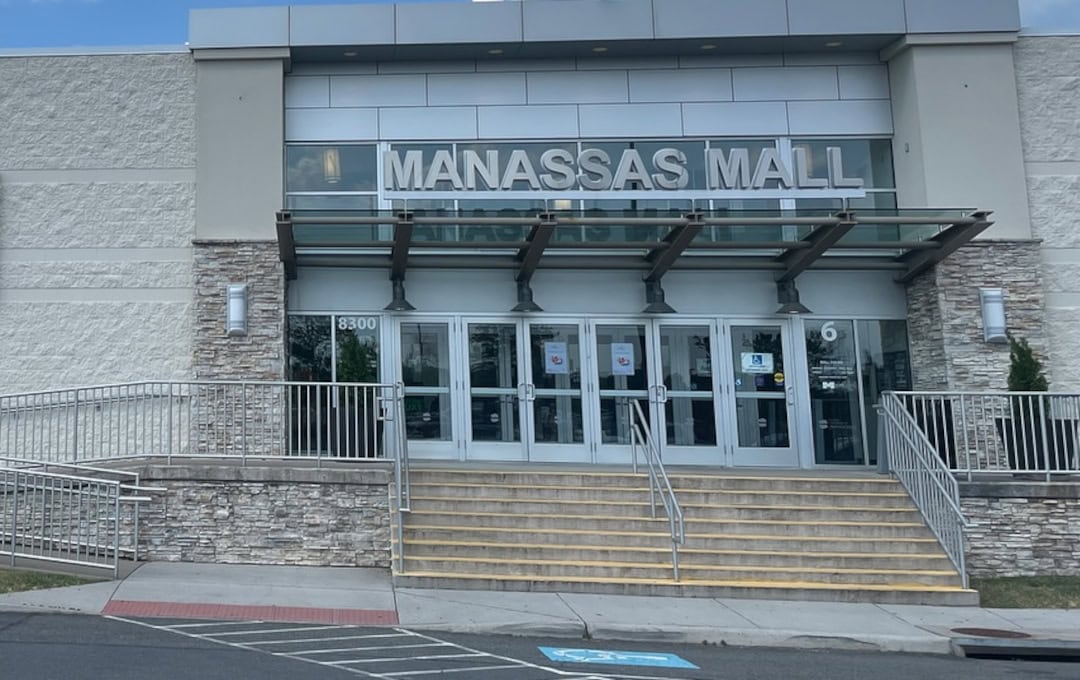
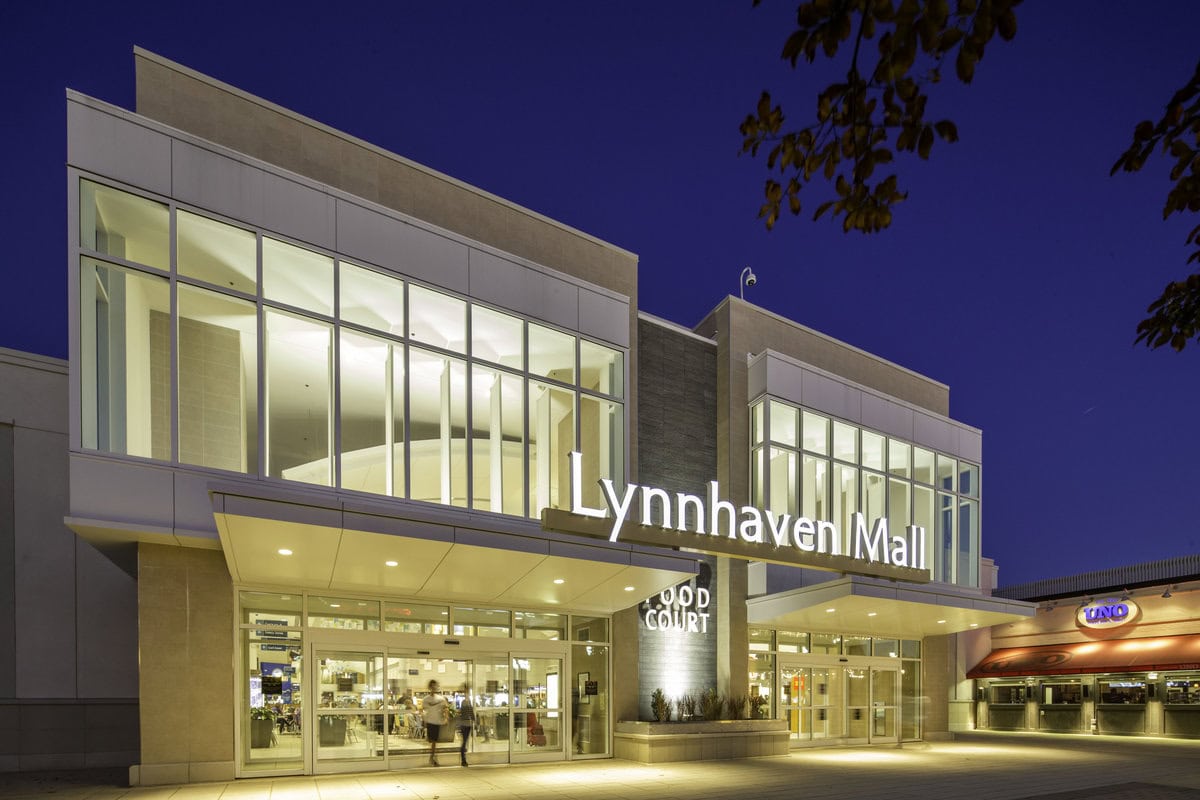
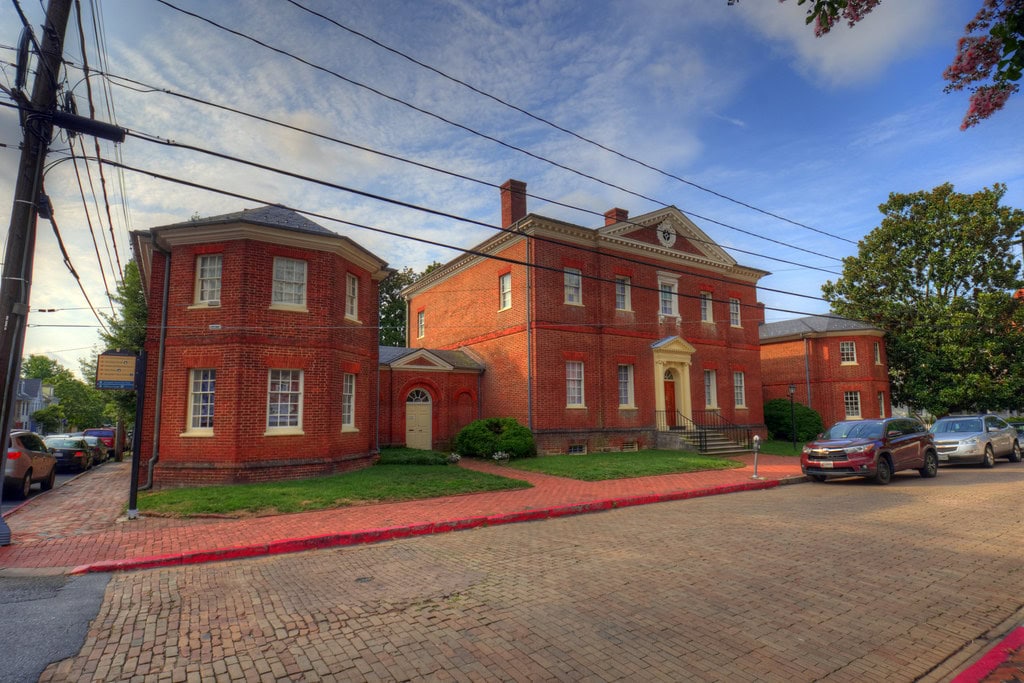
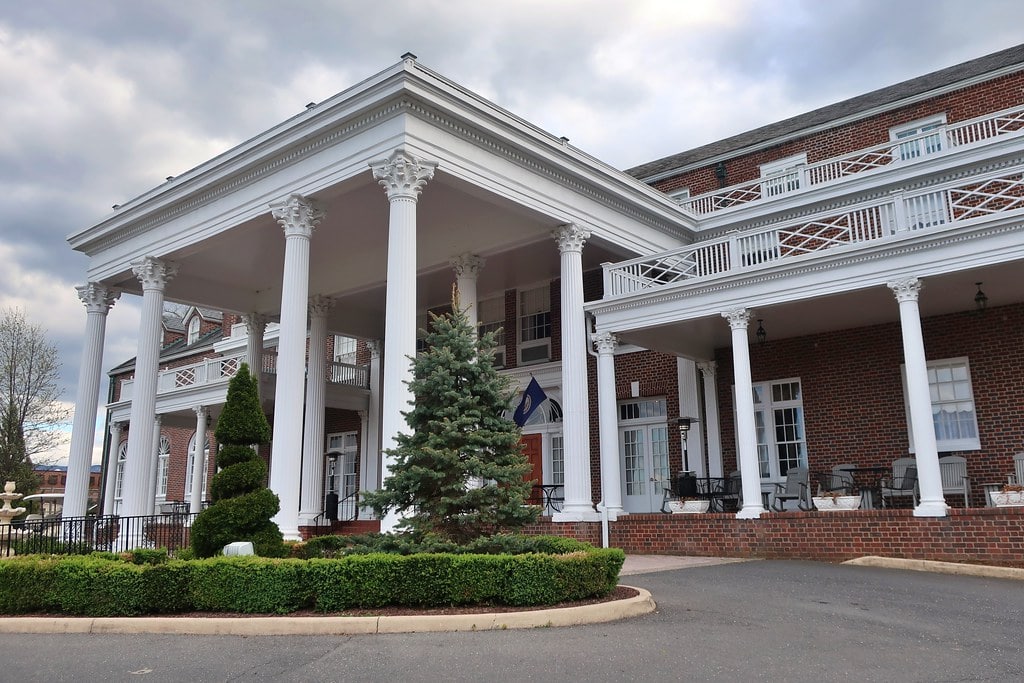
LMAO.....Silver Spring is and always will be a money pit for the government as long as they do nothing about the crime! There are muggings and auto theft in the parking garages because there is no security. Yes Hecht, Sears, Drug Fair, Giffords, Hahn Shoes and Pennies all left along with many small businesses that were doing well as Wheaton Plaza, White Flint Mall, Lakeforest Mall, Tysons Corner, Montgomery Mall were all built. When they left the crime rate went up and even more shops closed and moved. During the initial redevelopment the county was told not to bring in all the discount stores into the area as it would not attract big name stores nor would it attract the people nor money they were looking to bring to the area. They wanted a movie theater however at one time there were 6 theaters in Silver Spring and 2 of those were large screens. They wanted live music so they went and gave money to a company from DC that had several of their venues shut down due to shootings (thanks to ike legget for this great move) and passes on The Birchmere who wanted to come here and open a venue and was willing to do it on their dime. Just another great vision of the county exec and council spending tax dollars when they did not have to. At the time of the "revitalization" in the 90's I asked several of those on the committee why as they were targeting people my age and income would I come all the way from Rockville or Gaithersburg to shop and eat in Silver Spring when I had so many places near me and did not have to drive 30-45 minutes in traffic and then try to find a place to park and be in a high crime area? I told them I would pass better places to shop and eat and places a lot safer than Silver spring and not one person could give me an answer. Silver spring had a rich history and was a nice safe place to go but today I would not go there for anything and as for the food choices it is below average and you can get better in many other areas and not have to deal with the bad parking and crime!! The area may envoke nostalgia but it does not envoke a need to go to that area ever again!
Your comment lays out the situation plainly—Ellsworth Place, like much of Silver Spring, is caught in a tangle of decisions that didn't add up. There's no single cause, but naming what's not working is part of figuring out what might.